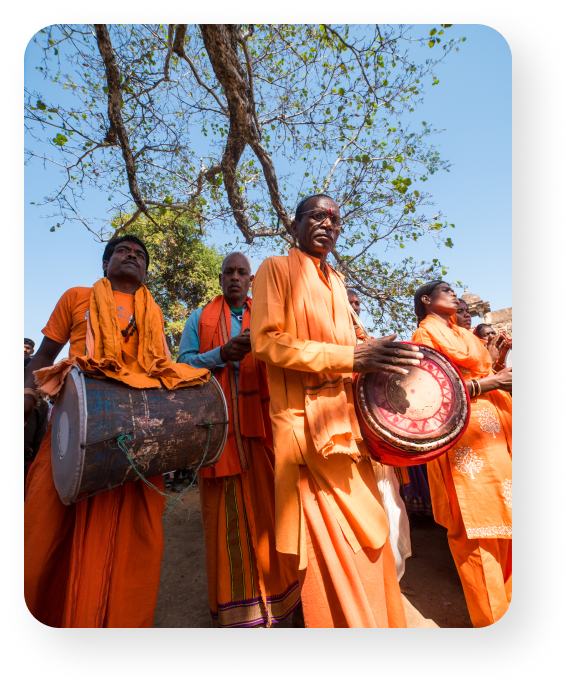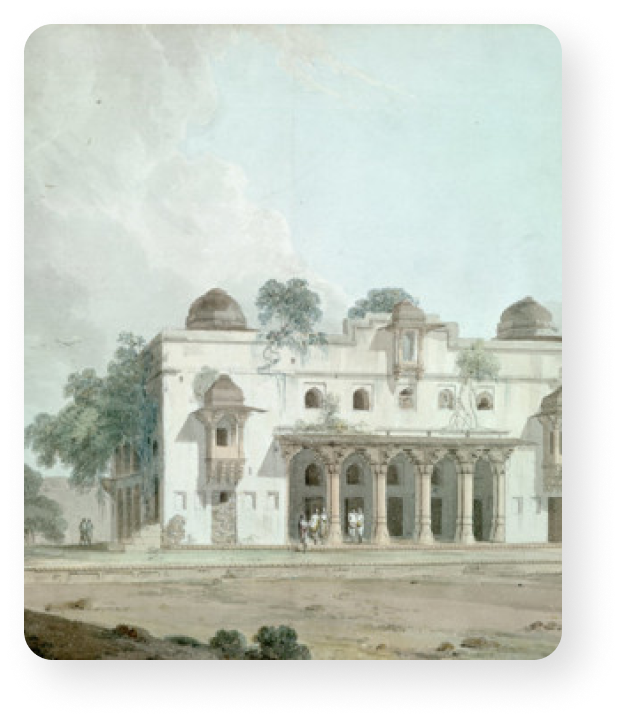The forests of Kaimur hills are predominately inhabited by Kharwars, Oraon, and Chero tribes who pose the best example of how to live a sustainable living in the vicinity of forests. They have a sense of belongingness to these forests and that is why, it has still retained its serenity, despite other adjoining forest areas, fast losing their days of glory.
Kharwars – The Kharwars are Kolerian in origin and in language they are said to be identical with ‘Kols’ and ‘Santals’. Lay out of a typical Kharwars village is a peculiar feature; all the houses are arranged in two rows with their fronts facing each other. The Kharwars mainly worship Sun and Moon, but number of animal and in-animate objects in forest e.g., ‘Kulla gomaj’ the Tiger God, are also worshipped.
Oraon – They are reported to be the first inhabitants of the forests but were subsequently subjugated by the Kharwars and are ranked at the lower rug in the social hierarchy. Though presently Oraon speak local tribal dialect interspersed with Bhojpuri languages, they are reported to have their own dialect.
Chero – claim themselves to be the descendants of ‘Lord Krishna’ and they have been enjoying high status amongst the forest dwellers. The fort ‘Rohtas Garh’ is reported to have been initiated by Chero chieftains.
Mega Rohtasgarh Mahotsav – Locals Oraon host the mega Rohtasgarh Mahotsav every year in which Oraon communities from various states come, visit Rohtasgarh Fort and celebrate the festival with worshipping the ancestors/gods and females takes the sacred soil with them in remembrance of their ancestors. It is believed that Rohtasgarh Fort was originally belonged to Oraon’s Chiefs and was finally taken away from them by the Hindus who surprised them at night during one of their great national festivals. And from this place the Oraon’s dispersed to various parts of the country.







